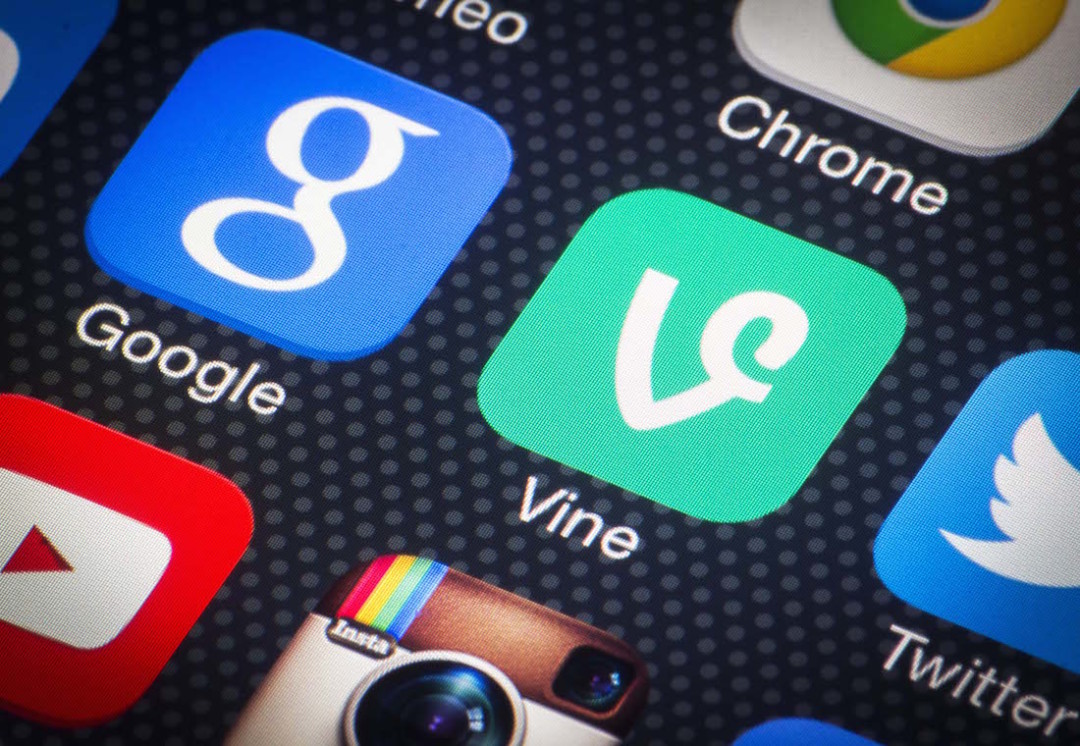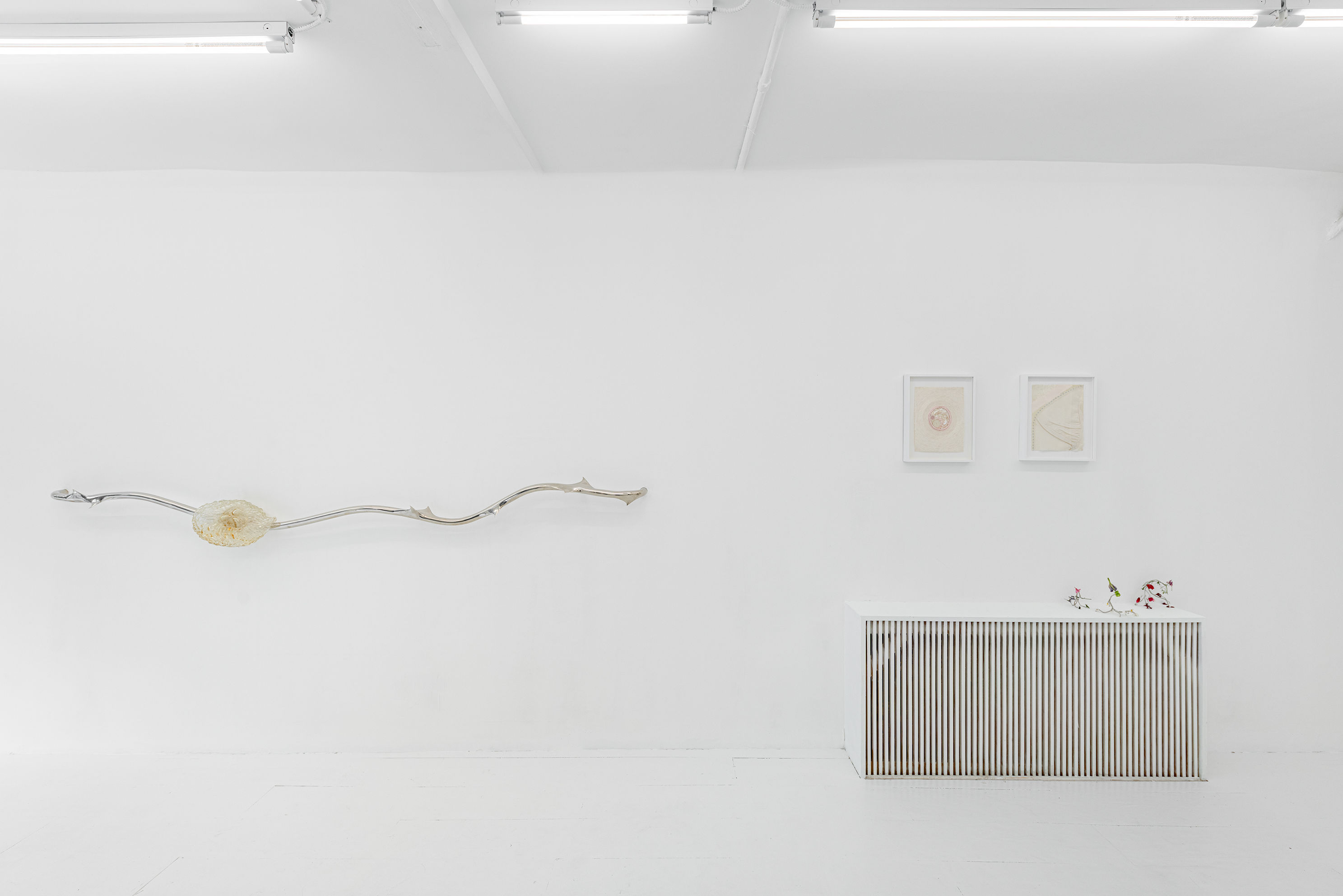Can Mobile Apps Be Art?

Image: Twin Design
Are mobile apps art? Technologist Sean Miller thinks so.
His new five-week Portland Community College course, “Apps as Art: Learn to Code Apps that Are Artistic,” asks students to build simple calendar and note-taking applications, and then find ways to adapt and subvert them, creating original pieces of digital art. While a coding background is helpful, Miller stresses it's not necessary to enroll in the course. Students will use a visual environment called LiveCode that ditches unreadable code for simple scripting.
As class begins on January 13, we asked Miller what makes mobile apps art.
What's the driving idea behind this course?
[App development] is such a new medium. But at the same time it’s ubiquitous. As a medium of expression—of personal expression and social expression—it cries out for some kind of critical examination. So much emphasis has been put on their commercial applications. It’s a medium that’s so unique and so flexible. It has this social aspect that you can tap into, which is something that contemporary artists have been playing around with for a long time. And they’re so tactile, right? It’s got all these interesting functions like the accelerometer, GPS, the part that ties into the cloud. Each of these things is a kind of dimension that make exploring mobile apps as an artistic medium multi-dimensional.
How do you spot the different between a purely functional app and an artistic one?
There’s design thinking, which is about making the user interface as pretty and agreeable as possible. With this course, I’m trying to have the students look at apps beyond just design thinking to think of it as an art object. It really comes down to this idea that an art object is in some ways aware—it’s not a means to an end, it’s an end in itself. There’s a kind of awareness of its own relationship to the user that a normal, commercial, functional app wouldn’t have.
How does this look in practice?
Are you familiar with the work of Miranda July? She’s a performance artist, she works in a number of media. A couple of years ago she built an app with the help of a design studio called Somebody. It's a social media app. And the app’s purpose is to deliver messages between you and your friends or acquaintances. The trick, though, is that it doesn’t directly deliver the messages. It puts them in a kind of bucket. There are two kinds of roles you can play: you can try to send a message or you can be a message deliverer or messenger. As a messenger, you look into a bucket that’s tied to where you are geographically, and you can see messages that are waiting to be delivered based on your location. You volunteer to deliver that message as a kind of proxy. What’s really fascinating about it is that it blends the mediation of the technology with this need to have a face-to-face encounter with a stranger. It gently nudges people to meet new people, to overcome that stranger danger, and to broaden their sense of what it means to have a community.
Do you think apps are limited in the range of possible interpretations?
I’m thinking of the classic example: [Marcel] Duchamp’s piece that he launched Dada with, the urinal (Fountain, 1917). In one context it’s just something he pissed in, in another context it’s about the fetishization of art as an aesthetic object in the context of a gallery. Every art object has the explicit or implicit social context that allows for limiting the number and range of interpretations or expanding that.
Unlike some arts, coding apps is a very technical skill. Does that affect the finished art?
The core part of it is the code. That’s why I like to call it app art as opposed to internet art, which is another term used with some frequency. To me the internet is the canvas, but the actual brush is the code. It’s very important. You could also draw an analogy and compare it back to oil paintings. In some respects, the technique of the painter is also hidden from the viewer. You’re seeing the finished project. And the viewers are excluded from the training and the knowledge of the painter. But it does suggest a theme worth exploring: what’s hidden, what’s visible, what’s on the surface and what’s underneath? Can you play with that? Can you invite the person experiencing the art into that hidden content?




